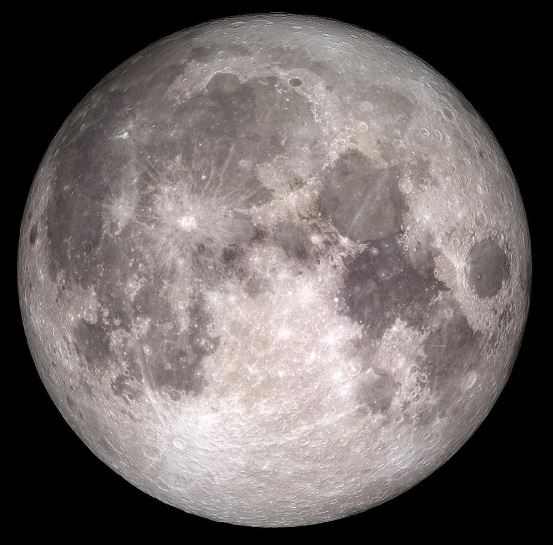 This Monday, November 14, will be for many a once-in-a-lifetime opportunity to see a spectacular Lunar event: the closest Full Moon to Earth since 1948. If you miss this sight now, you won’t have an opportunity to see another Super Moon of comparable magnitude until 2034, assuming you and the world last that long!
This Monday, November 14, will be for many a once-in-a-lifetime opportunity to see a spectacular Lunar event: the closest Full Moon to Earth since 1948. If you miss this sight now, you won’t have an opportunity to see another Super Moon of comparable magnitude until 2034, assuming you and the world last that long!
What Is a Super Moon?
The Moon’s orbit around the Earth takes the form of an ellipse, which means the Moon’s distance from the Earth varies considerably throughout the year. The point of the Moon’s orbit closest to the Earth is called the perigee, and that farthest from the Earth is the apogee. When a Full Moon appears close to the perigee, it is popularly referred to as a Super Moon, since it appears to be somewhat larger and brighter than normal. In order for a Super Moon to occur, the Sun, Earth, and Moon must lie in almost a straight line in relation to each other, an astronomical phenomenon known as a syzygy. The technical term for a Super Moon is perigee-syzygy of the Earth-Moon-Sun system.
The term “Super Moon” is not an official astronomical designation. In fact, professional astronomers often bristle at the term, since Super Moons in general are not particularly rare or particularly “super,” and the term itself was coined not by an astronomer, but by Richard Nolle, a practitioner of the pseudoscience of astrology.
When and Where to See the Super Moon
The Super Moon will reach its maximum fullness on Monday morning, Nov. 14, at 8:52 a.m. EST (1352 GMT), but it will also appear full the evenings before and after the main event. Go to the timeanddate.com Web site to see the exact time for the Super Moon in your location.
This is the second of three consecutive Super Moons in 2016. The next one will be on December 13, at 7:05 p.m. EST (0005 GMT on December 14).
How to Shoot the Super Moon
Bill Ingalls, NASA’s senior photographer, offers the following advice on how to take an effective photograph of the supermoon:
- Juxtapose the moon with a local landmark on earth, such as a well-known monument or building. This will provide a sense of scale.
- Scout out a good vantage point, such as one away from city lights, and be aware of exactly where the moon will be rising so that your camera will be in the correct position when it happens.
- Personalize the experience by including friends or family members in the shot. You can make someone appear to be holding the moon or balancing it on their head, for example.
- Keep in mind that moonlight is reflected sunlight, and that the moon is a moving object. For digital DLR photography, use the daylight white balance setting; if using a long-focus lens, balance the need for a long exposure with the need for a fast shutter speed. If you are taking a picture with a phone, “Tap the screen and hold your finger on the object (in this case, the moon) to lock the focus. Then slide your finger up or down to darken or lighten the exposure.”
- Be creative!
These Web sites provide further information on how to obtain a professional photograph of the moon:
How-To: Photograph the Moon (Popular Photography)
How to Photograph the Moon (With 10 Great Examples) (Light Stalking)
Do You Want to Know More?
These Web sites served as sources for this article and include more detailed information on Monday’s Super Moon:
November Supermoon a Spectacular Sight (NASA)
Supermoon: Closest Full Moon to Earth Since 1948 (timeanddate.com)
2016 Ends with Three Supermoons (NASA)
Article by Bobby Griffith.
Image of Super Moon from NASA Instagram page.


